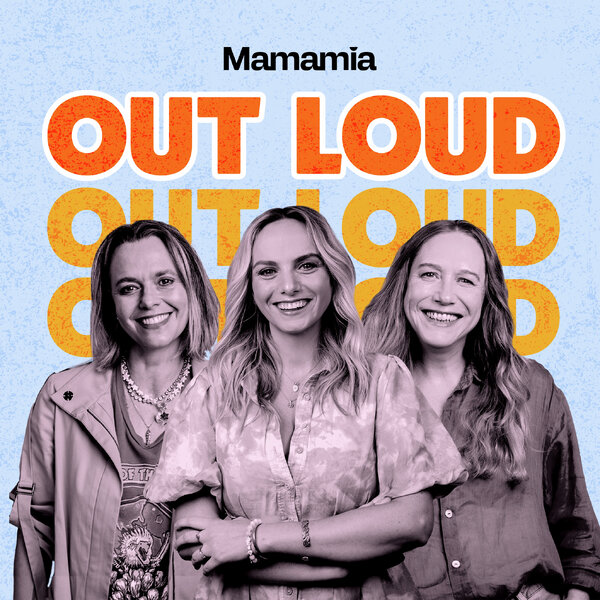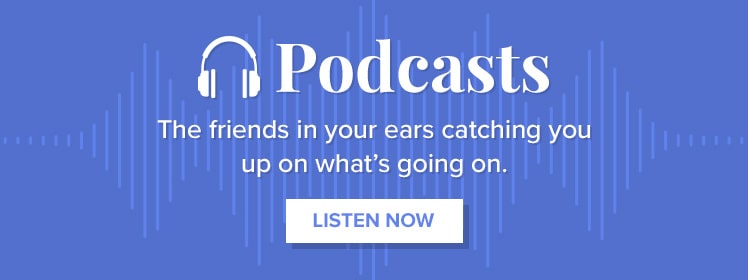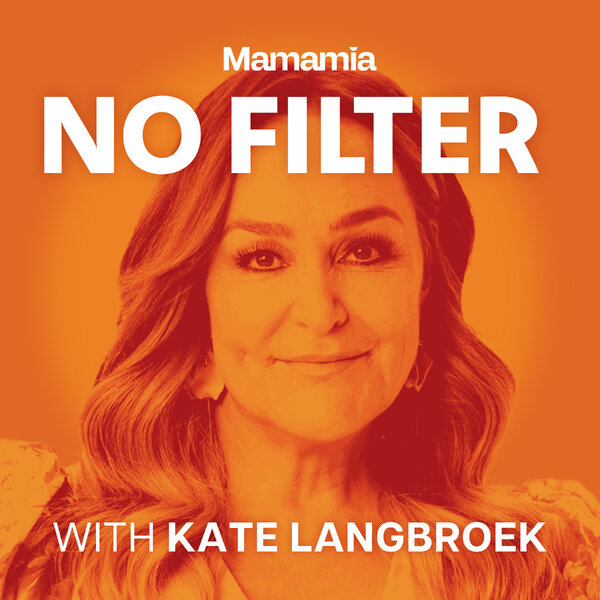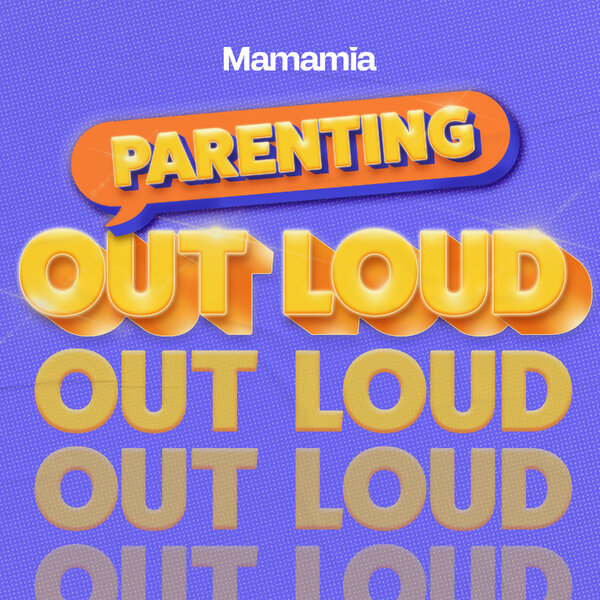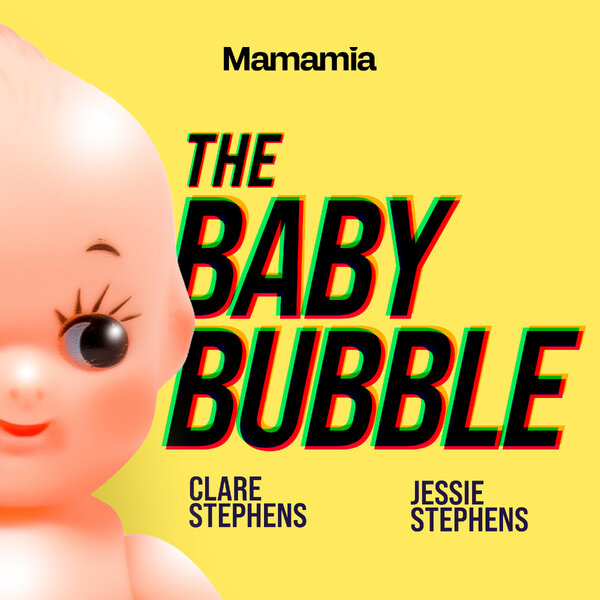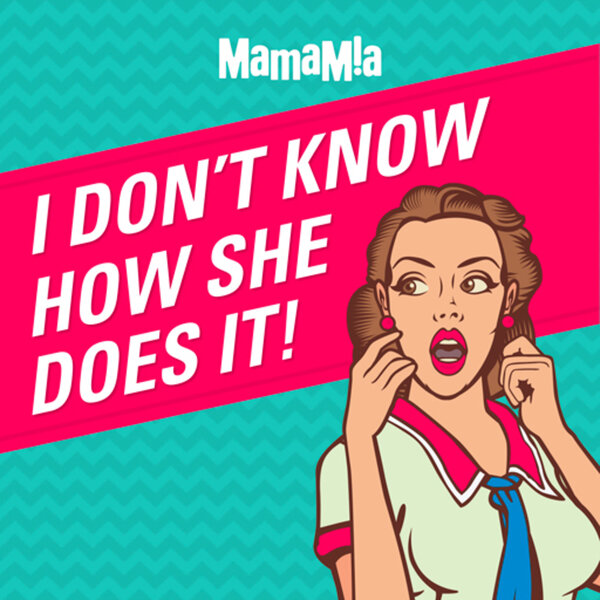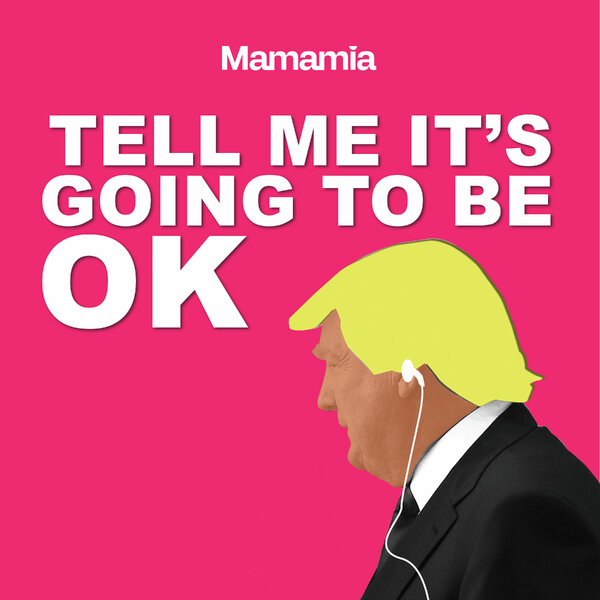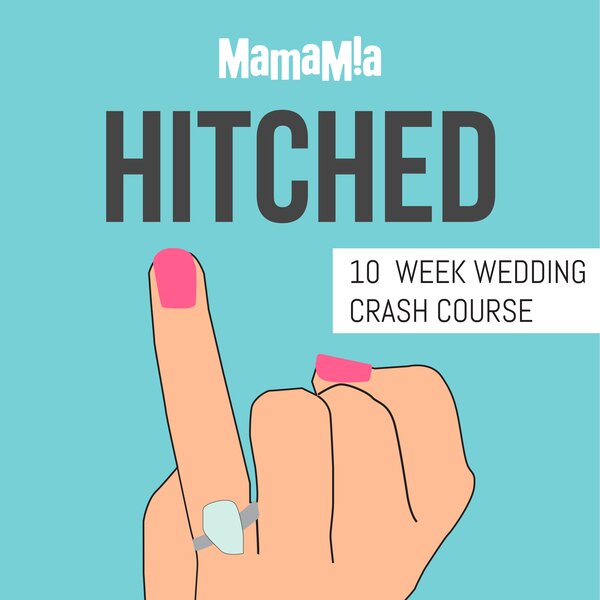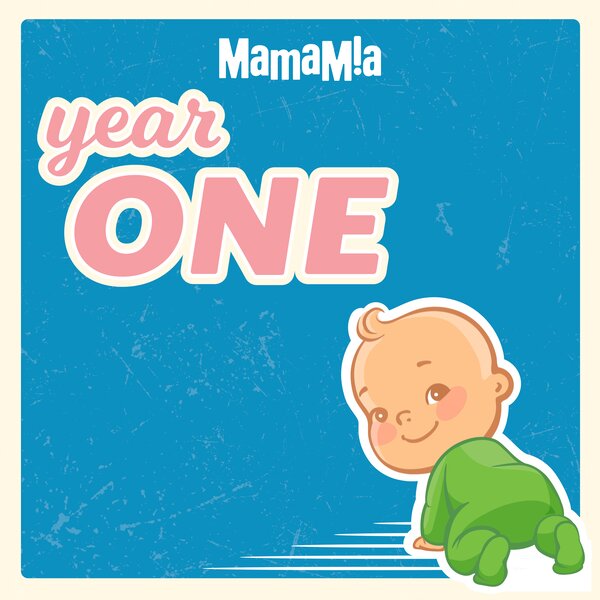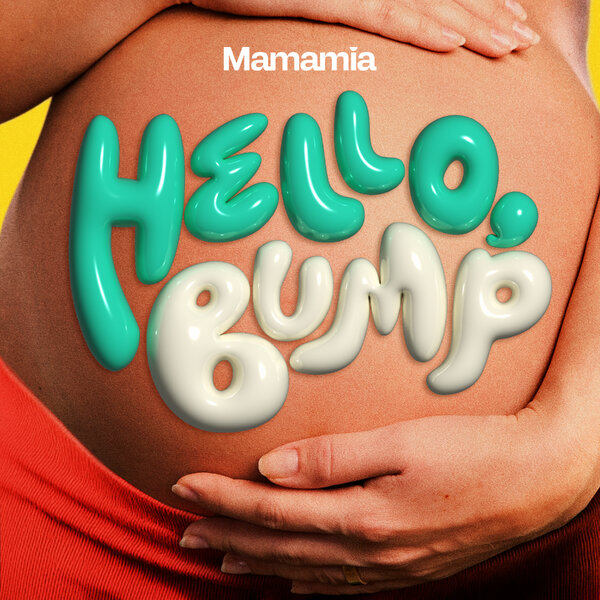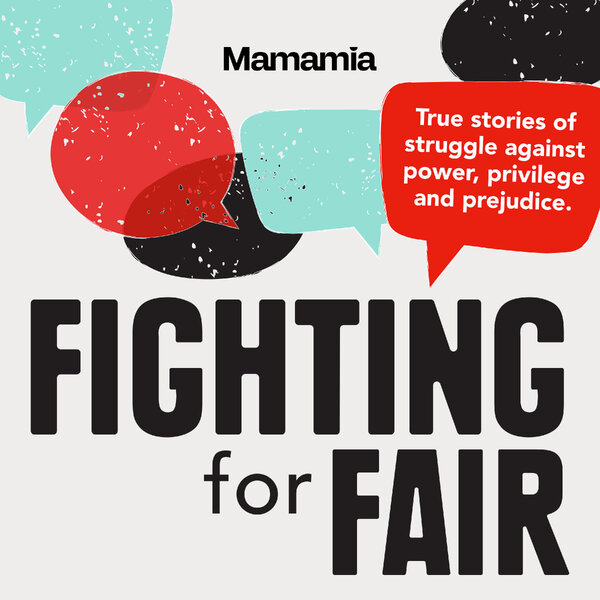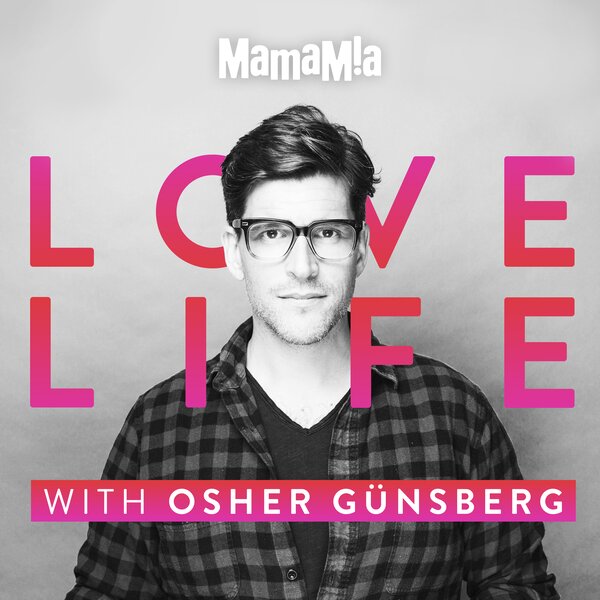It was the single most evocative piece of journalism in Australia this year, a piece about the brutal slaughter of Australian cattle in Indonesian abattoirs. Tortured, beaten, necks hacked at up to 33 times. Conscious and aware while they bled to death and, in some cases, while the cattle were butchered.
The scenes were so shocking that Four Corners, the show in which Sarah Ferguson aired the report, lost some half a million viewers in the first few minutes. But it didn’t matter. This was a story that would shock the cattle industry and the Government into action.
But now we assess the fallout. Who knew what, and for how long? Why was nothing done? What does the suspension of the live cattle trade mean for the cattlemen and farmers who rely on sold beasts as income?
What about other animals exported overseas to the ‘killing fields’ without any accountability once they leave?
The Cattlemen
Animals Australia and the RSPCA (whose joint investigation exposed the Indonesian slaughter practices) both concede that regular farmers and cattlemen have been deceived by their own industry and knew nothing as producers about the gory fate that awaited their animals. And nobody seems to be disagreeing with the assessment that these primary producers do care for their animals. They have to, business depends on a healthy beast. It’s not that they didn’t know the cattle were slaughtered (of course), but they assumed the way in which it was done was at least similar to the halal slaughter practices in Australia.
Wrong. And the people that knew the set-up, indeed the people who set-up the Indonesian slaughter industry, were the cattle producers’ own industry body, the Meat and Livestock Australia body (MLA).

